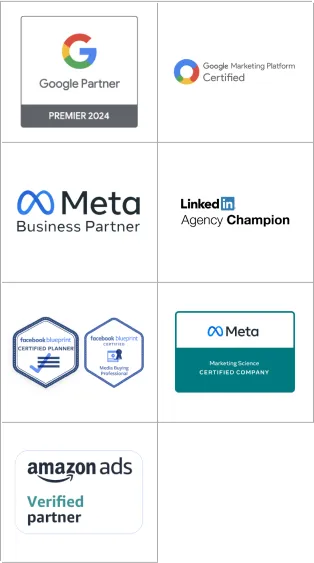
Our Studios
Discover the most complete network of creative capabilities and tech expertise to solve your unique challenges.

Marketing Trends 2025
Marketing in 2025 will be faster, more intelligent, and deeply personalized. The challenge isn’t just adopting AI—it’s knowing how to use it without sacrificing authenticity.

AI-DRIVEN MARKETING ACCELERATION
Discover how to boost your brand's goals with an AI marketing funnel designed to streamline every stage

Stories
We build strong connections that lead to real business results, while keeping a human-centered mindset.
We fear no challenge, and people love that
Partnering to grow
Our top-notch partners enable us go far the expected and always offer you the best resources and solutions.




Let’s get to work
Stay in touch










